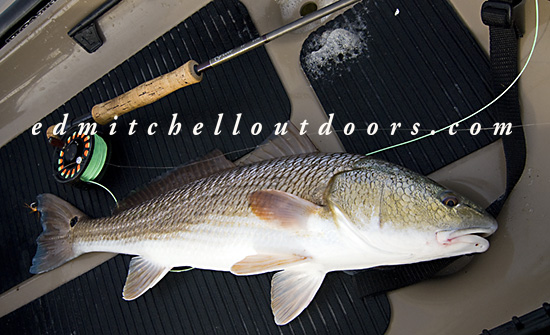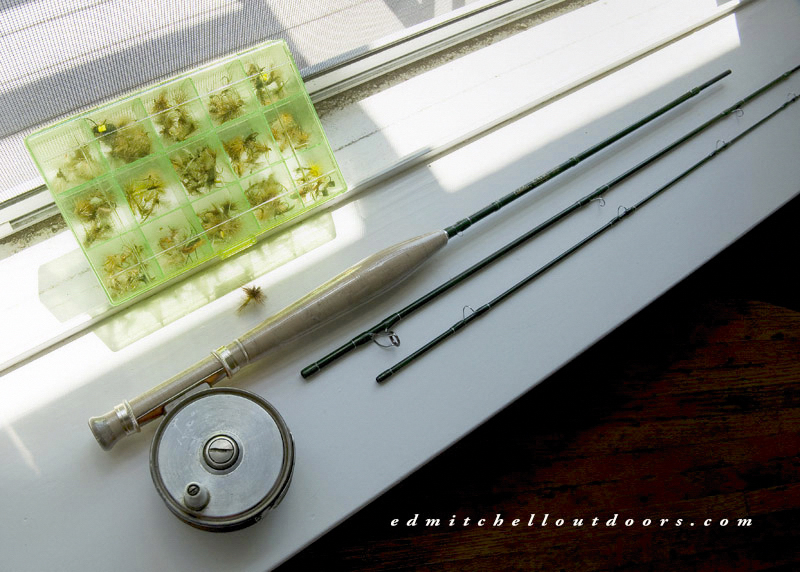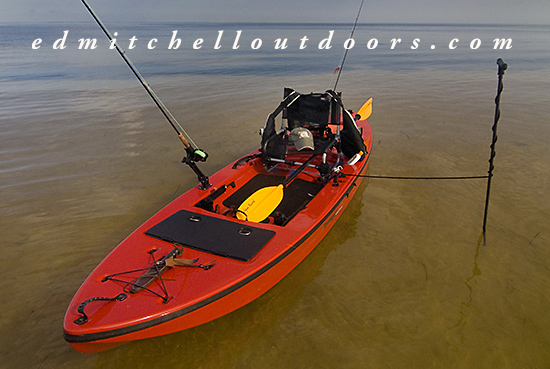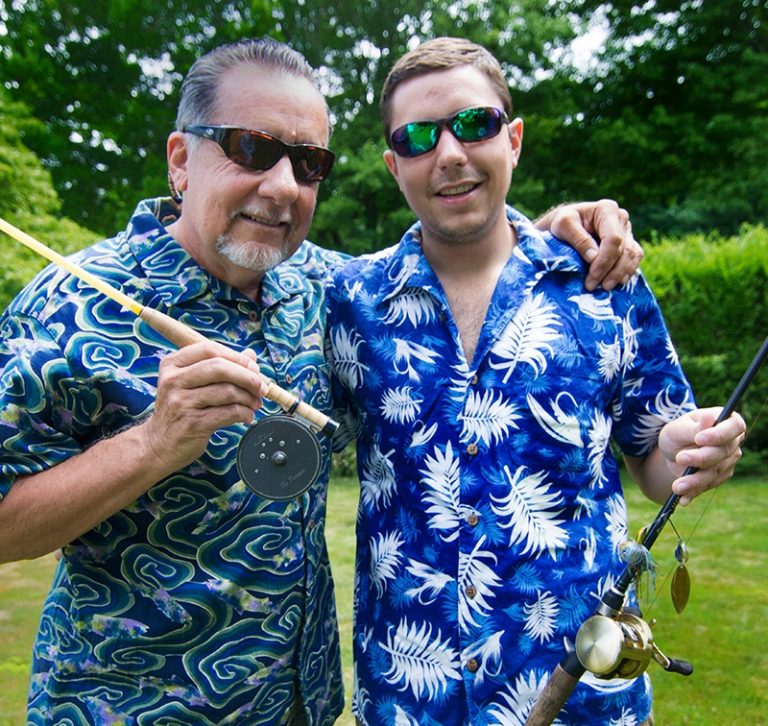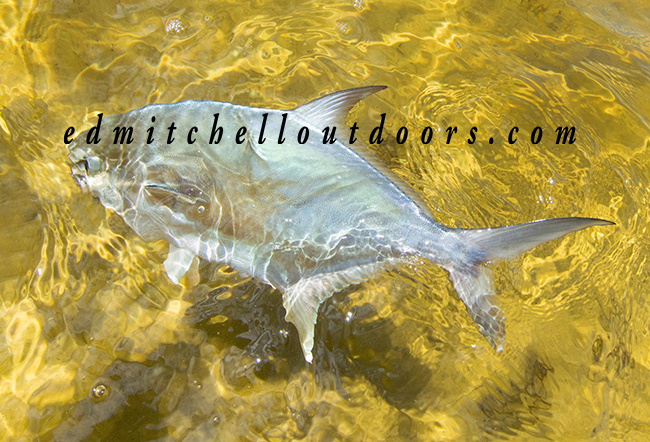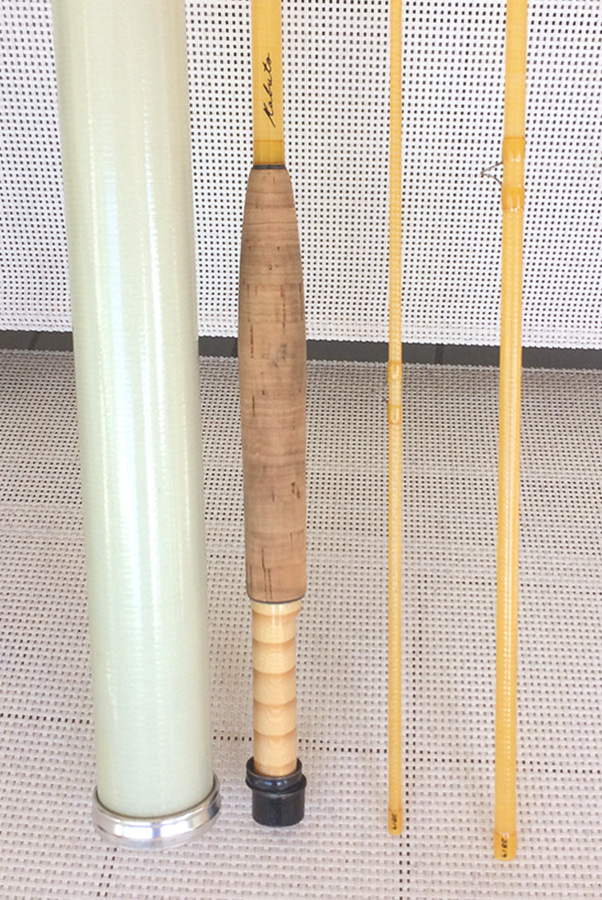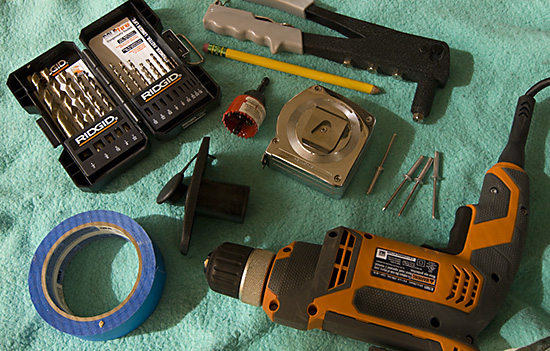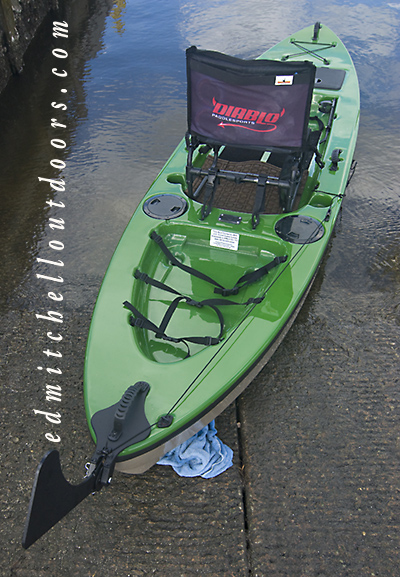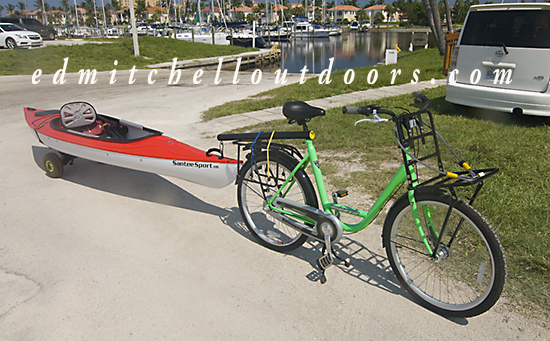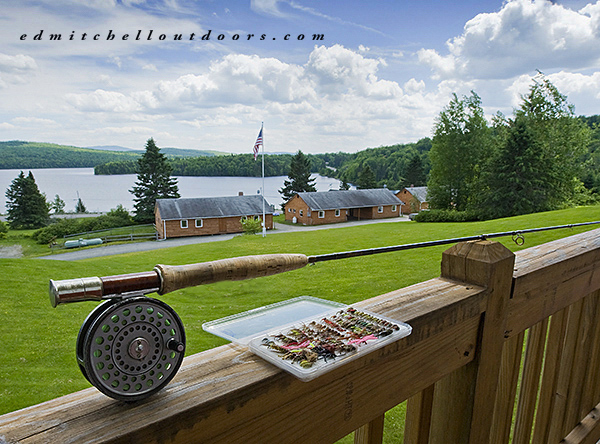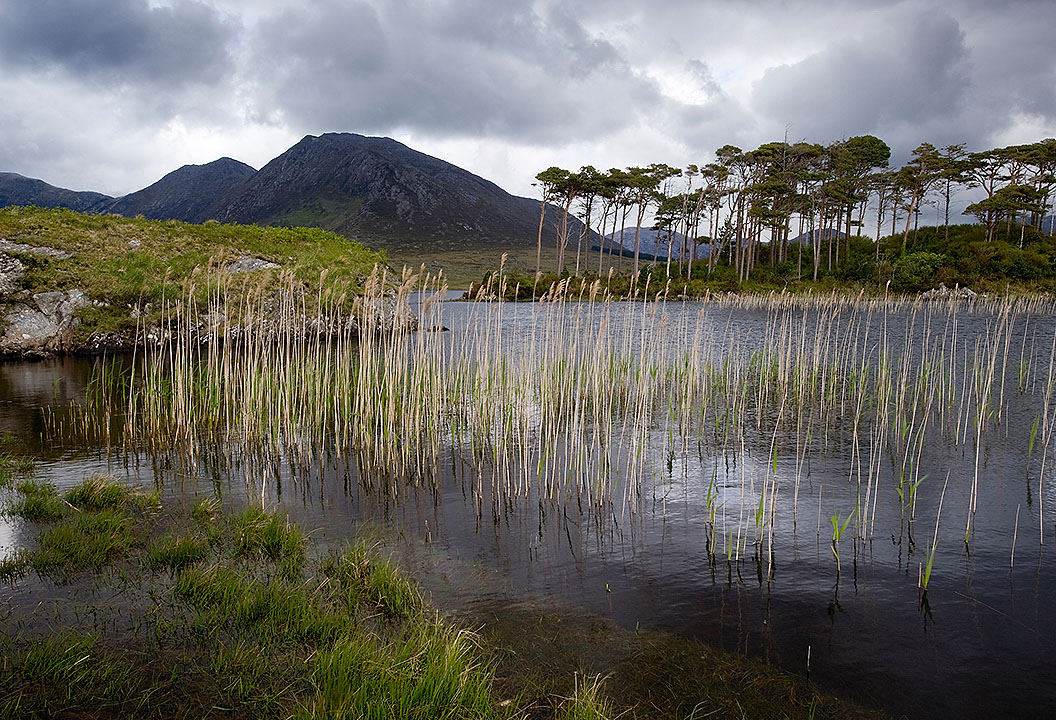San Francisco – a Fly Rod Mecca.
Ask people on the street about San Francisco, and expect to hear about Gold Gate Bridge, or Golden Gate Park, Lombard Street, trollies cars, and maybe the movie Bullitt. If these folks have some gray in their hair, Haight-Ashbury might come up. Where the seeds for the Women’s Movement, the Civic Rights Movement, and the Environmental Movement were planted. And if these gray-haired people are music fanatics, undoubtedly they’ll steer your attention northward to Laurel Canyon in the Hollywood Hills. Where Joni Mitchell, the Byrds, Buffalo Springfield, Frank Zappa, Jim Morrison, Graham Nash, David Crosby, Jackson Browne, and others were changing the course of rock and roll.
Along with all the magic of the 1960’s and 1970’s, California and specifically San Francisco was also a hot bed of fly rod design. Fenwick was in Westminster, California posed in 1973 to make the first graphite fly rod and patent the tip-over-butt ferrule. To the south in Pasadena, Russ Peak, a gifted rod maker, was turning out fabulous fly rods still sought after today. Wish I owned one. Meanwhile in San Francisco an engineer by the name of Harry Wilson was in the basement of his house on Cook Street, off Geary Blvd., creating the innovative Scott PowR-Ply Company. He teamed up with Larry Kenney for what would later become the Scott Fly Rod Company of Montrose, Colorado.
Across town was R.L. Winston Rod, where Lew Stoner invented his famous “hollow-fluted” bamboo rods. Not only were they far lighter in hand, they began setting world distance casting records. When Winston came up for sale, Tom Morgan and his friend Sid Eliason came down from Montana and purchased it in the fall of 1973 from then owner and long-time employee Doug Merrick. The price? 110K. The shop was located in San Francisco on 686 Harrison Street, as I best know, then later moved to 475 Third Street down by South Park Beach. And it would be here in 1975 that Morgan announced his renowned “Stalker” series of ultra-light fiberglass fly rods. I believe they cost $75 each. Today in the collectibles market, especially in Japan, one can bring well over a grand.
And before I forget, it was during these early years in San Francisco that the internal spigot ferrule was born, providing a new and innovative way to join rod sections. The exact origins of this ferrule are a bit murky, but both Scott and Winston were involved. Eventual both companies packed their bags and moved north, still there can be no doubt. San Francisco was a fly rod Mecca.
 February. Days prior I had helped live-cart this water. Me and a guy from a local tackle shop waded over half-a-mile, steering the cart downstream, as we slowly dispensed big browns and brookies. Our legs were frozen by the time we climbed out of the current.
February. Days prior I had helped live-cart this water. Me and a guy from a local tackle shop waded over half-a-mile, steering the cart downstream, as we slowly dispensed big browns and brookies. Our legs were frozen by the time we climbed out of the current.





